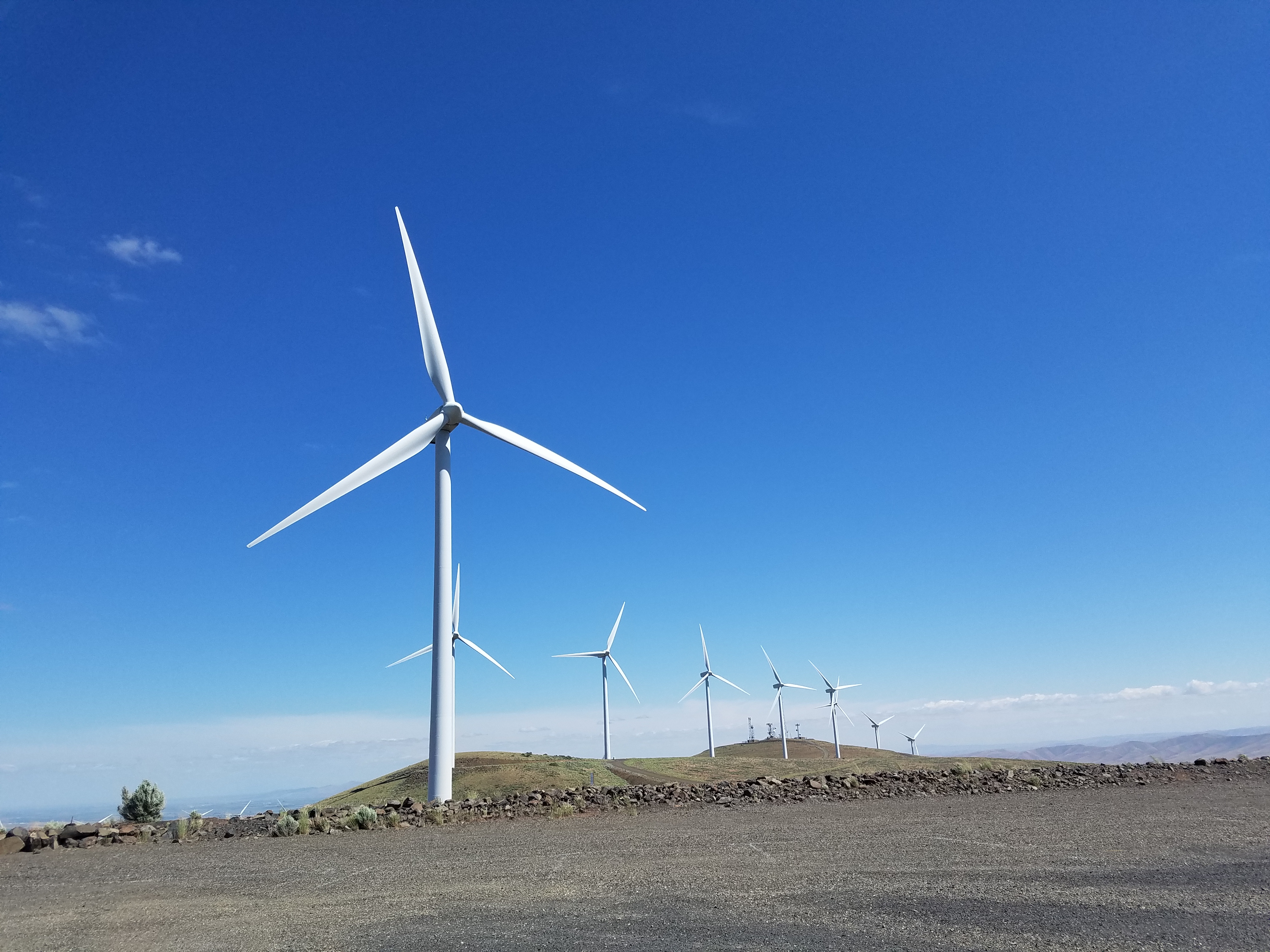Ecology blazing the trail for more clean energy projects – Washington State Department of Ecology (.gov)

Washington Department of Ecology Advances Clean Energy Development Aligned with Sustainable Development Goals
Introduction
The Washington Department of Ecology has released three comprehensive environmental studies aimed at facilitating the siting and operation of large-scale onshore wind, solar energy facilities, green hydrogen production, and co-located battery energy storage plants within the state. These initiatives strongly support the United Nations Sustainable Development Goals (SDGs), particularly SDG 7 (Affordable and Clean Energy), SDG 13 (Climate Action), and SDG 15 (Life on Land).
Legislative Framework and Objectives
In 2023, the Washington Legislature enacted legislation to enhance the efficiency and effectiveness of siting and permitting clean energy projects. This law mandates the development of programmatic environmental impact statements (EIS) to provide local and state permitting authorities with advanced insights during project evaluations.
Collaborative Approach and Environmental Impact Studies
Ecology collaborated with state agencies, energy developers, Tribes, and other stakeholders to identify common challenges and impacts associated with wind, solar, and green hydrogen projects. The studies:
- Identify likely significant environmental impacts
- Propose mitigation strategies to offset these impacts
- Enable permitting authorities to focus on project-specific concerns
This approach aligns with SDG 17 (Partnerships for the Goals) by fostering multi-stakeholder collaboration.
Guidance for Stakeholder Engagement
The studies emphasize the importance of early engagement with local and state regulators, Tribes, and communities. Ecology has developed a toolkit to assist developers and regulators in identifying issues prior to project application submissions, promoting transparency and inclusivity consistent with SDG 16 (Peace, Justice, and Strong Institutions).
Clean Energy Expansion and Climate Goals
Washington’s energy grid is among the cleanest in the United States. However, to meet the state’s legal mandate to reduce greenhouse gas emissions by 95% by 2050, a significant expansion of clean energy capacity is required. Transitioning from fossil fuels to renewable energy sources such as wind and solar directly supports SDG 13 (Climate Action) and SDG 7 (Affordable and Clean Energy).
Innovations in Permitting Processes
In addition to the environmental studies, Ecology’s clean energy coordination team has introduced an optional coordinated permitting process designed to streamline project reviews and improve consistency. This initiative contributes to SDG 9 (Industry, Innovation, and Infrastructure) by fostering sustainable industrial development.
Interagency Collaboration and Governance
Ecology, together with the Washington Department of Commerce, leads a coalition of 13 state agencies focused on enhancing clean energy planning, siting, and permitting. The Clean Energy Siting Council facilitates information sharing and develops recommendations to improve the effectiveness and timeliness of permitting processes, reinforcing SDG 17 (Partnerships for the Goals).
Summary of Key Actions Supporting SDGs
- Release of environmental studies to guide clean energy project siting and operation (SDG 7, SDG 13, SDG 15)
- Legislative support for efficient permitting processes (SDG 16)
- Stakeholder engagement and toolkit development (SDG 16, SDG 17)
- Introduction of coordinated permitting process (SDG 9)
- Interagency collaboration through Clean Energy Siting Council (SDG 17)
1. Sustainable Development Goals (SDGs) Addressed or Connected
- SDG 7: Affordable and Clean Energy
- The article discusses expanding clean energy capacity through wind, solar, and green hydrogen projects.
- Focus on shifting from fossil fuels to renewable energy sources aligns with SDG 7.
- SDG 13: Climate Action
- Washington’s mandate to reduce greenhouse gas emissions by 95% by 2050 directly relates to climate action.
- Efforts to reduce carbon pollution and promote clean energy support SDG 13.
- SDG 15: Life on Land
- Environmental impact assessments and respect for Tribal rights and community interests relate to protecting ecosystems and biodiversity.
- SDG 16: Peace, Justice, and Strong Institutions
- Engagement with Tribes, communities, and multiple agencies for transparent permitting and decision-making reflects SDG 16.
2. Specific Targets Under Those SDGs
- SDG 7: Affordable and Clean Energy
- Target 7.2: Increase substantially the share of renewable energy in the global energy mix.
- Target 7.a: Enhance international cooperation to facilitate access to clean energy research and technology.
- SDG 13: Climate Action
- Target 13.2: Integrate climate change measures into national policies, strategies, and planning.
- Target 13.3: Improve education, awareness, and human and institutional capacity on climate change mitigation.
- SDG 15: Life on Land
- Target 15.1: Ensure conservation, restoration, and sustainable use of terrestrial and inland freshwater ecosystems.
- SDG 16: Peace, Justice, and Strong Institutions
- Target 16.7: Ensure responsive, inclusive, participatory and representative decision-making at all levels.
3. Indicators Mentioned or Implied to Measure Progress
- Greenhouse Gas Emissions Reduction
- Indicator: Reduction in greenhouse gas emissions (e.g., % reduction compared to baseline).
- Washington’s target of 95% reduction by 2050 implies tracking emissions data over time.
- Renewable Energy Capacity and Production
- Indicator: Installed capacity and generation from wind, solar, and green hydrogen facilities.
- Environmental studies and permitting processes imply monitoring project implementation and output.
- Environmental Impact Assessments
- Indicator: Number and quality of environmental impact statements completed for clean energy projects.
- Tracking mitigation measures and their effectiveness in protecting ecosystems and Tribal rights.
- Stakeholder Engagement and Permitting Efficiency
- Indicator: Level of early engagement with Tribes, communities, and regulators.
- Indicator: Time and consistency in permitting processes (e.g., duration from application to approval).
4. Table: SDGs, Targets and Indicators
| SDGs | Targets | Indicators |
|---|---|---|
| SDG 7: Affordable and Clean Energy |
|
|
| SDG 13: Climate Action |
|
|
| SDG 15: Life on Land |
|
|
| SDG 16: Peace, Justice, and Strong Institutions |
|
|
Source: ecology.wa.gov








